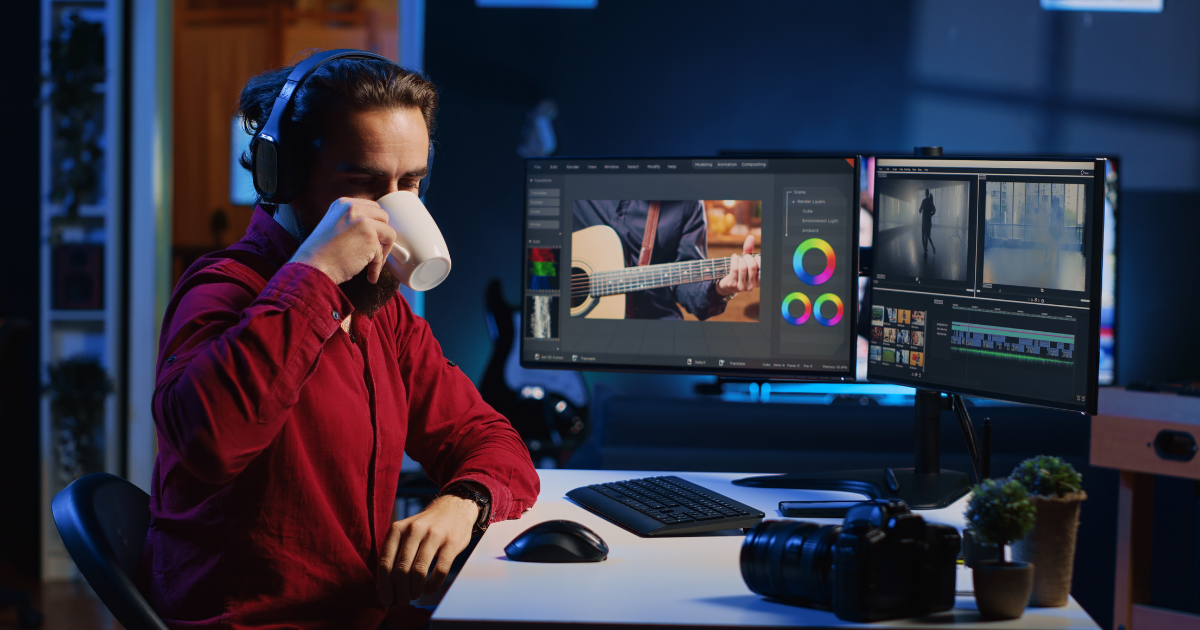Your restaurant’s tables determine the complete dining atmosphere and the guest experience. Tables serve multiple purposes in your dining area because they determine both the spatial arrangement and the visual appeal and guest movement patterns. Your restaurant tables must match your dining concept and target audience because they determine the casual or upscale atmosphere you want to create. The right table selection enables you to build brand identity while meeting practical requirements for accessibility and seating needs.
Your evaluation of restaurant tables should focus on their relationship with your floor plan design and service delivery system. Round tables create a communal atmosphere but square or rectangular tables maximize space utilization. The durability and maintenance simplicity of tables should be prioritized because they serve high-traffic locations. Your restaurant benefits from proper table selection because it creates both functional efficiency and comfortable guest experiences while maintaining an inviting atmosphere.
Balancing Function With Style
Restaurants must balance form and functionality due to their unique customer bases. High-activity locations require counter-height tables for quick lunches, but affluent dining locations require large rounds for table-shared entrees. A table design must match the restaurant’s theme to achieve the best overall dining experience. Table design versus venue theme compatibility is highly critical for brand cohesion. Good table design is also beneficial for staff by promoting ergonomic decision-making, which means quicker service, safer working environments, and less accidents. Selecting tables carefully enables operators to achieve aesthetic wants while operating more effectively and efficiently.
Material Matters: Durability Meets Design
Table material selection is integral to restaurant visual appeal and day-to-day functionality. Classic solid wood table construction of oak, walnut, or maple requires regular maintenance. Laminate and metal table choices are a mainstay of fast-casual or contemporary restaurants due to their stain-resistant and easy-clean properties. Don’t, however, forget that no material is maintenance-proof. Restaurant owners must test each table’s response to daily cleaning chemicals, acidity of foods, or contact with moisture. Stone tabletops, such as granite or quartz, exude luxury but are more expensive to repair or replace due to their weight. In the long term, durable table material projects quality and enhances customer confidence.
Consider the Layout: Optimizing Flow and Capacity
The restaurant layout design process creates multiple effects on both customers and staff members through its impact on noise levels, seating comfort and operational efficiency. A well-designed layout can enhance table turnover by up to 10%. The design must meet local codes and ADA requirements while maintaining a practical workflow.
The seating arrangement in busy cafes faces windows to attract casual customers but upscale dining restaurants maintain wider table spacing for their exclusive ambiance. A flexible floor plan provides advantages because it enables quick changes to the layout during peak hours and special events.
Adapting for Flexibility: The Rise of Modular Tables
Restaurant furniture now emphasizes flexibility as a key element in modern dining trends. Modular and lightweight tables make it quick and easy to change guest arrangements, reducing both time and labor requirements. Restaurants that host events, large parties, and pop-ups find great value in this adaptability because it enables them to maximize space usage and reduce downtime while generating additional revenue streams.
Restaurants modify floor plans because dining rules evolve and customers shift their preferences. Modern diners seek private dining areas while also appreciating unique event options. Operators can create different event spaces by using tables that have clip-on functionality and folding and nesting storage capabilities. Modular design gives establishments a competitive edge because it enables them to change their business models while delivering new customer experiences.














